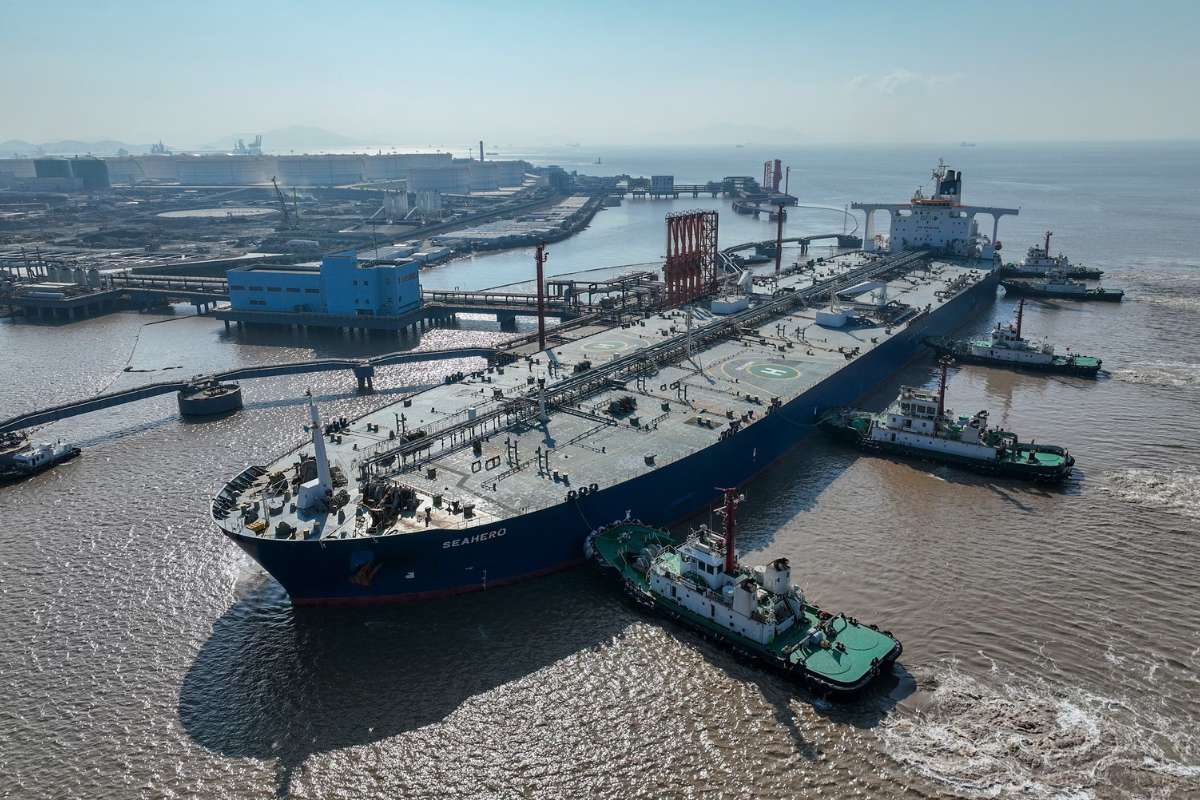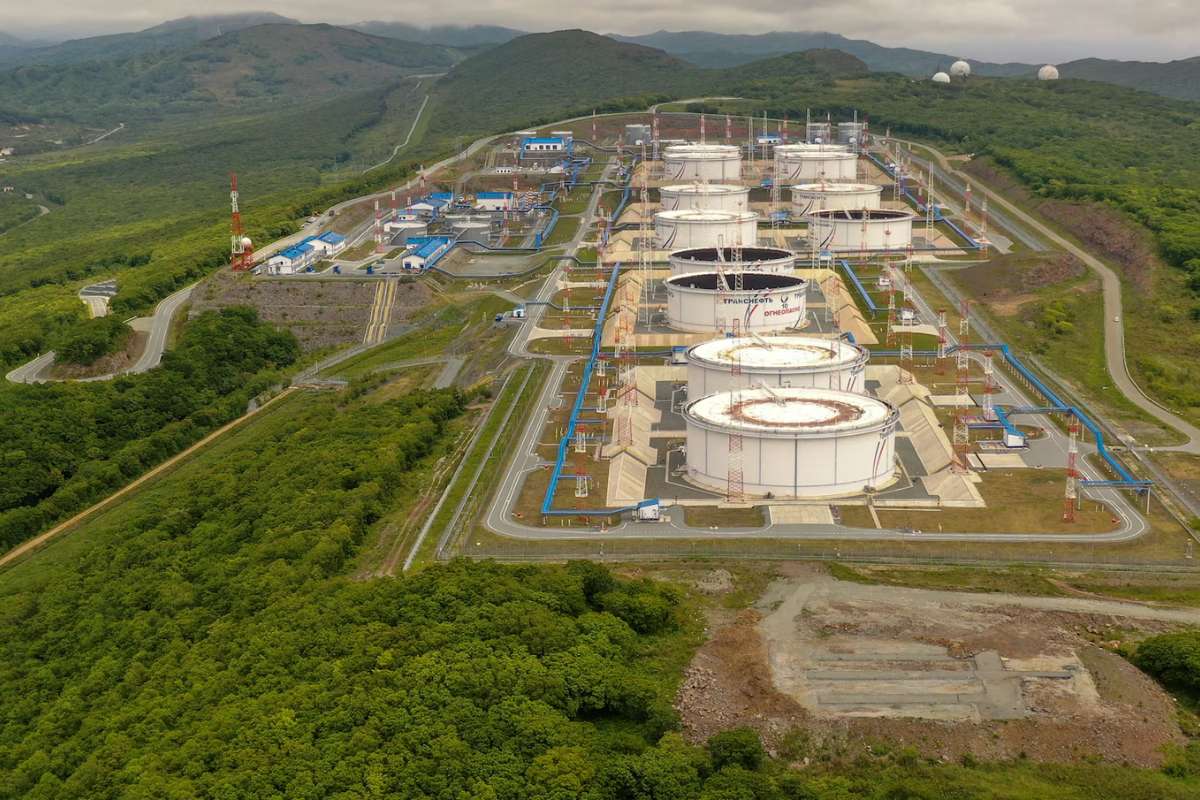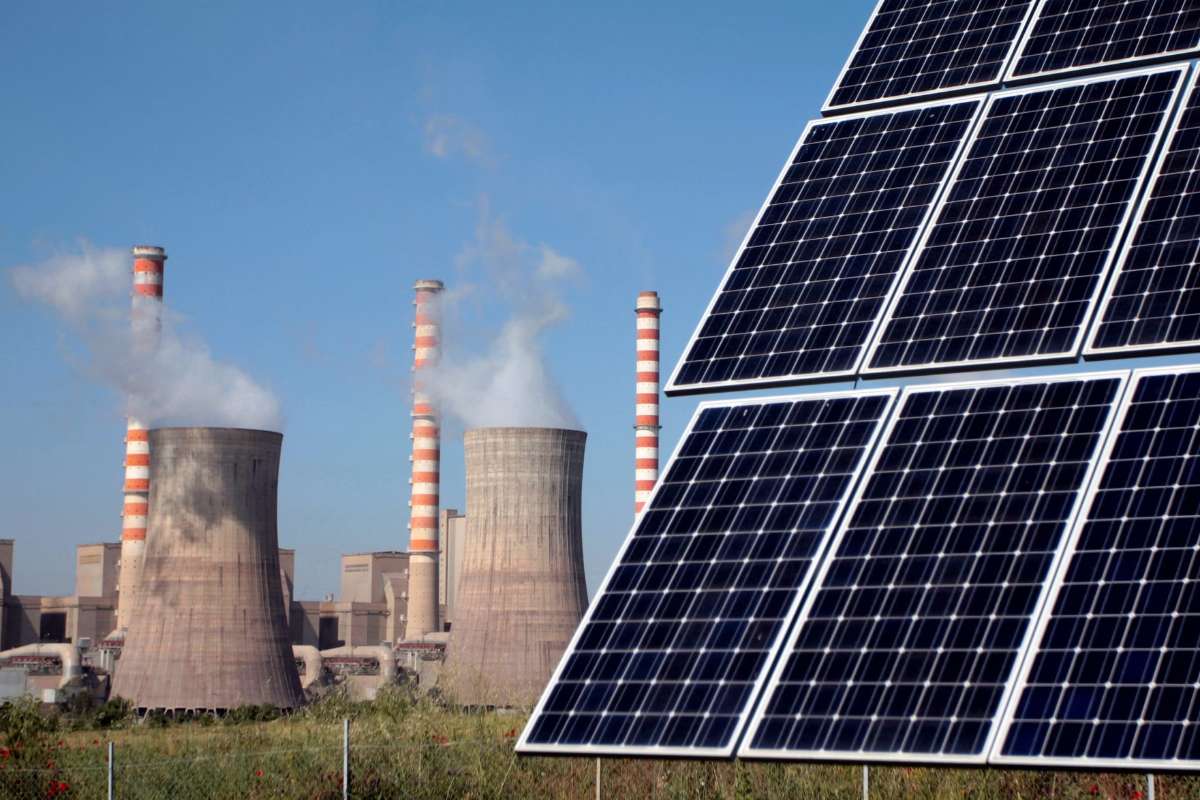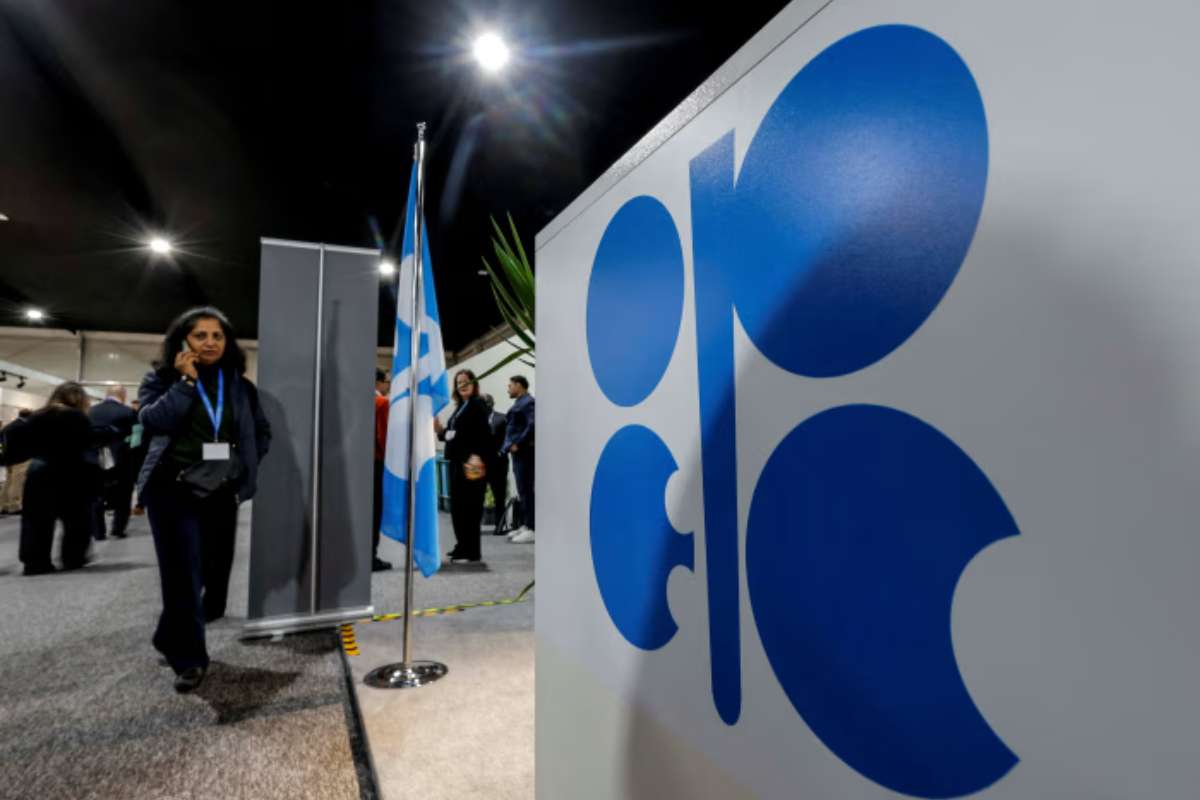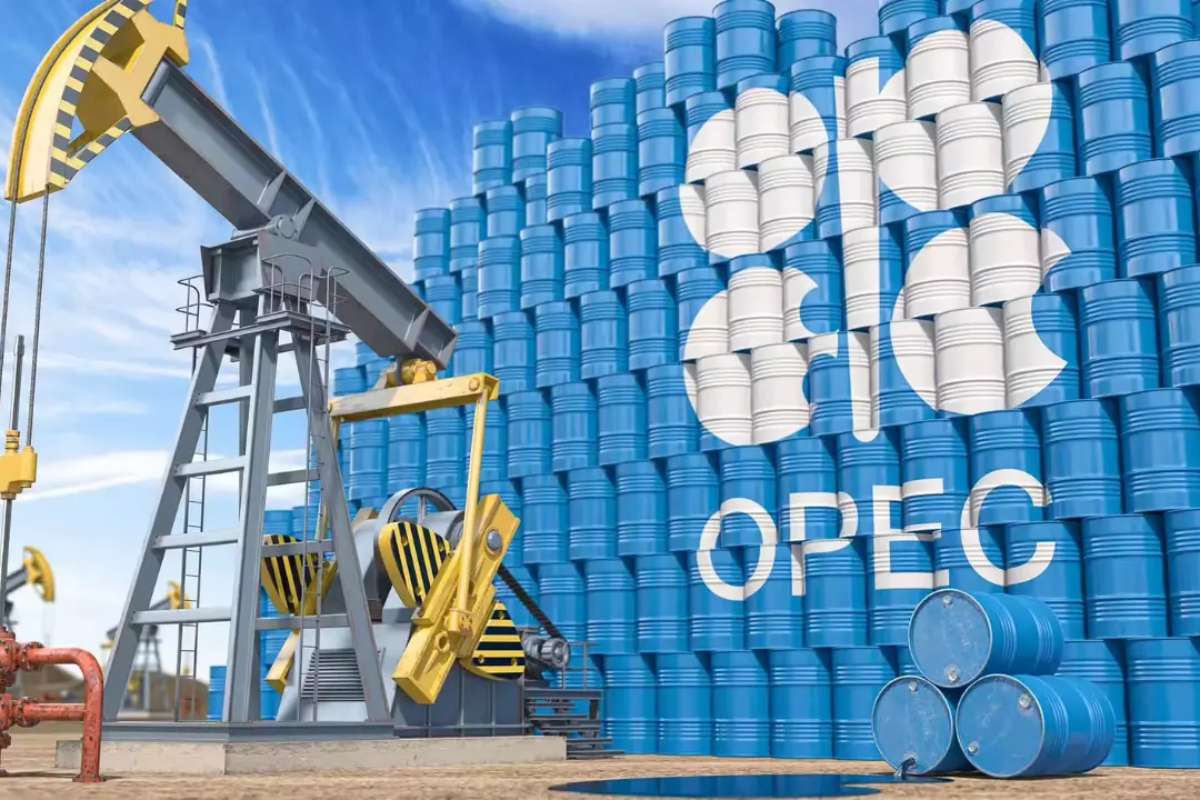Argentina’s Vaca Muerta shale formation delivered a significant boost to national energy output in the first quarter of 2025, according to new estimates from Rystad Energy. Oil production in the region surged by 26% year-on-year, while gas output rose by 16%, signaling a major step forward in the country’s path toward energy self-sufficiency. In March alone, oil production exceeded 447,000 barrels per day (bpd), up from 354,000 bpd in March 2024. State-owned YPF led the growth alongside independent operators like Vista Energy, Pluspetrol, and Phoenix Global Resources.
Despite strong output figures, the number of new oil wells increased only slightly—from 76 in Q4 2024 to 79 in Q1 2025—due to capacity constraints in transportation infrastructure. This limitation is expected to ease with the launch of the Oldelval Duplicar pipeline expansion, set to commence operations in April 2025.
Gas Steals the Spotlight and Powers LNG Export Drive
While oil output continues to dominate headlines, natural gas is rapidly becoming the centerpiece of Argentina’s Vaca Muerta energy strategy. Dry gas production climbed to 2.1 billion cubic feet per day in Q1 2025, representing a 13% rise from the previous quarter and 16% year-on-year. In response, Argentina is advancing an ambitious, multi-phase LNG export strategy that could reshape global gas markets and geopolitical alignments.
A central element of this plan is the Southern Energy LNG project, which will deploy two floating LNG units—Hilli Episeyo and MK II—off the coast of Río Negro province. With a combined export capacity of 6 million tonnes per annum (Mtpa), the first LNG output from Hilli Episeyo is scheduled for late 2027, followed by MK II by the end of 2028. A final investment decision on MK II is expected in Q3 2025.
Further expanding the LNG roadmap, YPF is leading additional phases under the ARGFLNG initiative. Phase two, in partnership with Shell, targets 10 Mtpa capacity, while a third phase, with Eni potentially onboard, could add another 12 Mtpa. These projects are expected to operate at full capacity by the late 2030s, positioning Argentina as a significant player in global LNG exports.
Infrastructure, Investments, and Strategic Reversals Signal Long-Term Confidence
To support its long-term export ambitions, Argentina is also pushing forward the Vaca Muerta Oil Sur (VMOS) pipeline project, set to launch in 2027. The pipeline will connect the Neuquén Basin to the Atlantic Coast via Punta Colorada port, easing inland bottlenecks and enhancing export logistics.
Investor confidence in Vaca Muerta remains strong. In Q1 2025, the shale formation accounted for 43% of all upstream mergers and acquisitions in Latin America. Notably, Norwegian energy giant Equinor has reversed its decision to exit the region. With improved infrastructure, relaxed monetary restrictions, and promising export pathways, the company has opted to stay—a move seen as a renewed international vote of confidence in Argentina’s Vaca Muerta energy future.
Explore More News In Our Oil Gas Energy Magazine
